A Blood Pressure Monitor consists of:
✔ A digital display – Shows systolic, diastolic pressure & pulse rate
✔ An inflatable cuff – Wraps around the upper arm or wrist for measurement
✔ Automatic inflation & deflation – Ensures consistent and reliable results
✔ Memory storage function – Saves past readings for health tracking
Whether you have hypertension, heart conditions, or just want to stay proactive about your health, a Blood Pressure Monitor is a convenient and reliable solution for daily monitoring.
Key Features of a Blood Pressure Monitor
✔ Accurate Readings – Clinically validated for precise blood pressure measurements
✔ Easy-to-Use – One-touch operation for quick and hassle-free monitoring
✔ Large Digital Display – Clear and easy-to-read BP and heart rate values
✔ Memory Storage – Saves multiple readings to track health trends over time
✔ Adjustable Cuff – Comfortable fit for different arm sizes
✔ Irregular Heartbeat Detection – Alerts users to potential heart rhythm issues
✔ Portable & Battery Operated – Perfect for home, travel, or clinical use
Advantages of Using a Blood Pressure Monitor
🔹 Convenient Home Monitoring – No need for frequent doctor visits
🔹 Early Detection of Hypertension – Helps prevent heart diseases & strokes
🔹 Tracks Blood Pressure Trends – Stores past readings for better health management
🔹 User-Friendly & Non-Invasive – Simple operation with fast, painless readings
🔹 Suitable for All Ages – Essential for seniors, athletes, and those with heart conditions
Specifications
- Measurement Type: Upper arm or wrist
- Display: Large LCD screen with backlight (on some models)
- Accuracy: Clinically validated ±3 mmHg
- Cuff Size: Adjustable for standard & large arms
- Power Source: Battery-operated or USB rechargeable
- Memory Storage: Up to 100+ past readings
A Blood Pressure Monitor is an essential tool for managing hypertension, heart conditions, and overall wellness. Whether for daily use or occasional health tracking, this device ensures accurate, quick, and effortless monitoring, empowering users to take charge of their health.
FAQs About Blood Pressure Monitor
1. What is a Blood Pressure Monitor used for?
A Blood Pressure Monitor is used to measure and track blood pressure levels at home or in clinical settings. It helps with:
✔ Managing hypertension (high blood pressure)
✔ Tracking treatment progress
✔ Detecting irregular heartbeats
✔ Monitoring overall heart health
2. How does a Blood Pressure Monitor work?
The device inflates a cuff around your upper arm or wrist, detecting systolic and diastolic pressure through oscillometric measurements. The results are displayed on a digital screen within seconds.
3. Which type of Blood Pressure Monitor is best: upper arm or wrist?
✔ Upper Arm Monitors – More accurate and recommended by doctors
✔ Wrist Monitors – More portable but may be less accurate if not positioned correctly
For best results, upper arm monitors are preferred for regular blood pressure tracking.
4. How do I use a Blood Pressure Monitor correctly?
✔ Sit in a comfortable, upright position
✔ Keep your arm at heart level
✔ Avoid caffeine, smoking, or exercise for 30 minutes before measuring
✔ Relax for 5 minutes before taking a reading
✔ Take multiple readings at the same time each day for consistency
5. How often should I check my blood pressure?
🔹 If you have hypertension, check once or twice daily
🔹 If you are monitoring for health reasons, check a few times a week
🔹 Always follow your doctor’s recommendations
6. What is a normal blood pressure reading?
✔ Normal: 120/80 mmHg or lower
✔ Elevated: 120-129/less than 80 mmHg
✔ High Blood Pressure (Hypertension Stage 1): 130-139/80-89 mmHg
✔ High Blood Pressure (Hypertension Stage 2): 140/90 mmHg or higher
If your reading is consistently 140/90 mmHg or higher, consult a doctor immediately.
7. Why do my blood pressure readings vary?
Blood pressure can fluctuate due to:
✔ Stress or anxiety
✔ Time of day (morning vs. evening)
✔ Caffeine or medications
✔ Incorrect cuff placement
For accurate tracking, measure at the same time each day under similar conditions.
8. Can a Blood Pressure Monitor detect irregular heartbeats?
Yes! Many models have Irregular Heartbeat Detection (IHB), which alerts users to potential arrhythmias. However, it is not a substitute for a medical diagnosis.
9. How do I maintain my Blood Pressure Monitor?
✔ Store in a dry place away from heat and moisture
✔ Clean the cuff with a damp cloth (do not submerge in water)
✔ Replace batteries when needed
✔ Calibrate every 1-2 years for accuracy
10. Where can I buy a reliable Blood Pressure Monitor?
You can find clinically validated Blood Pressure Monitors at 1 Ten Supplies, designed for accurate, hassle-free monitoring.
Monitor your health with ease – Order now with FREE DELIVERY!

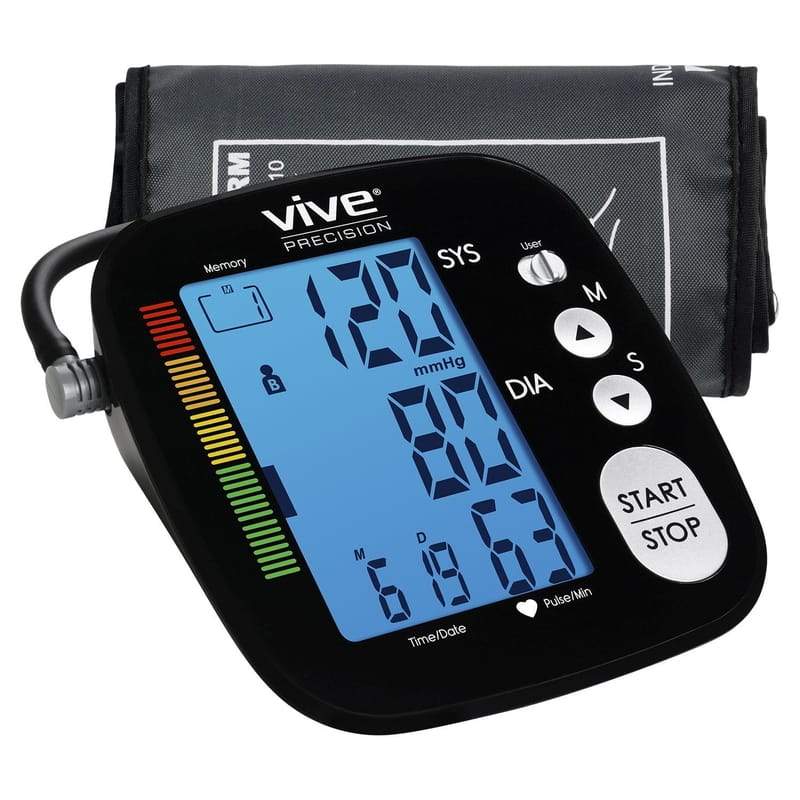
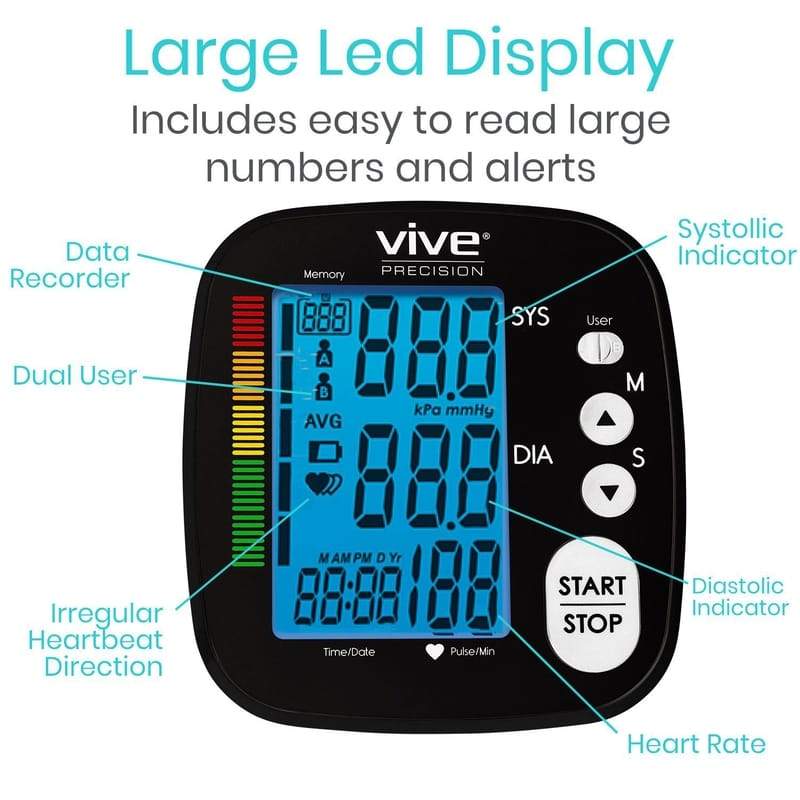
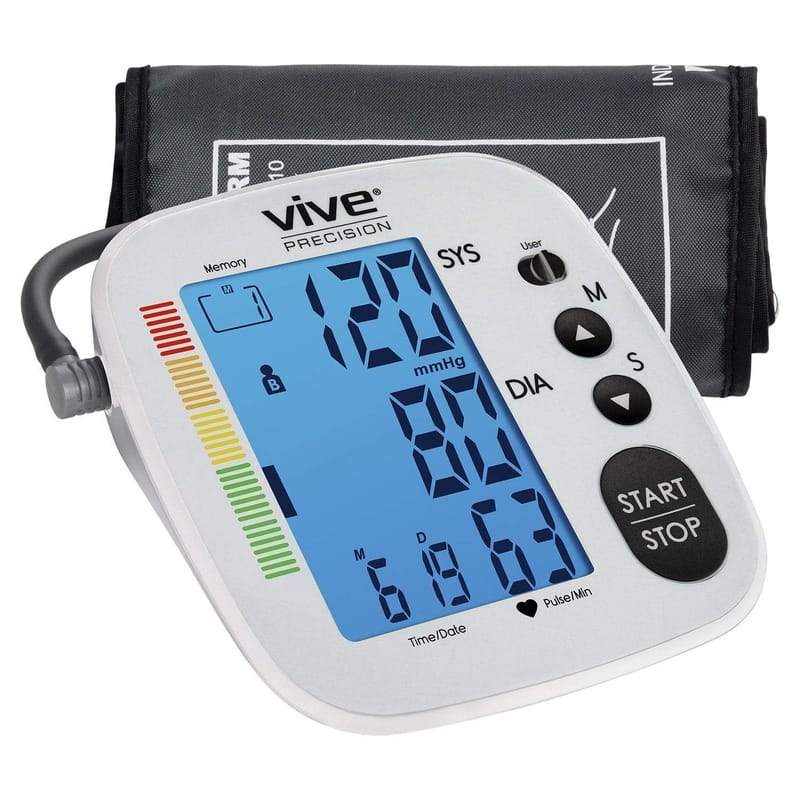
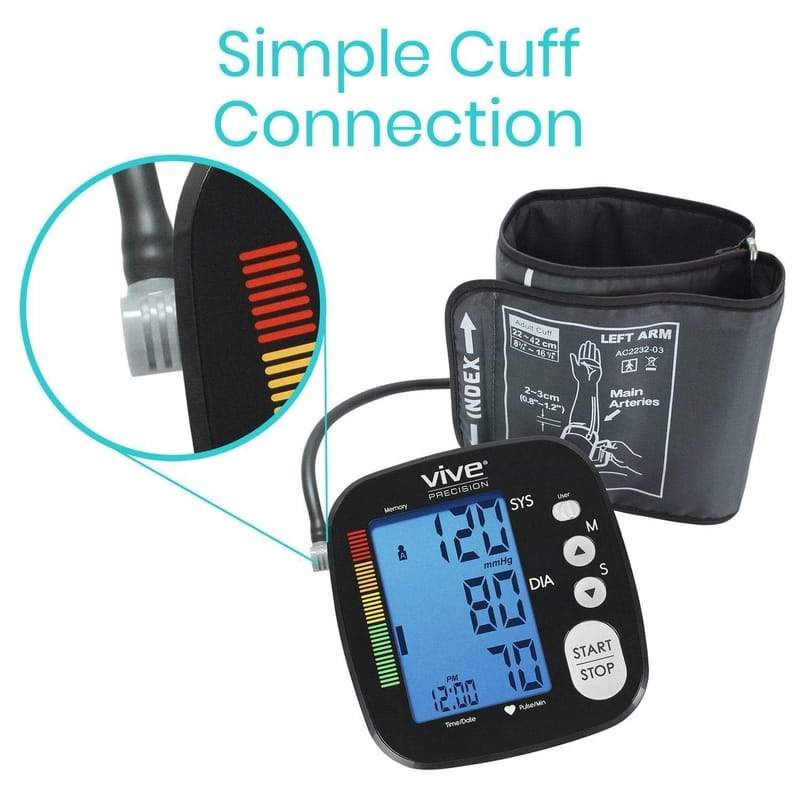
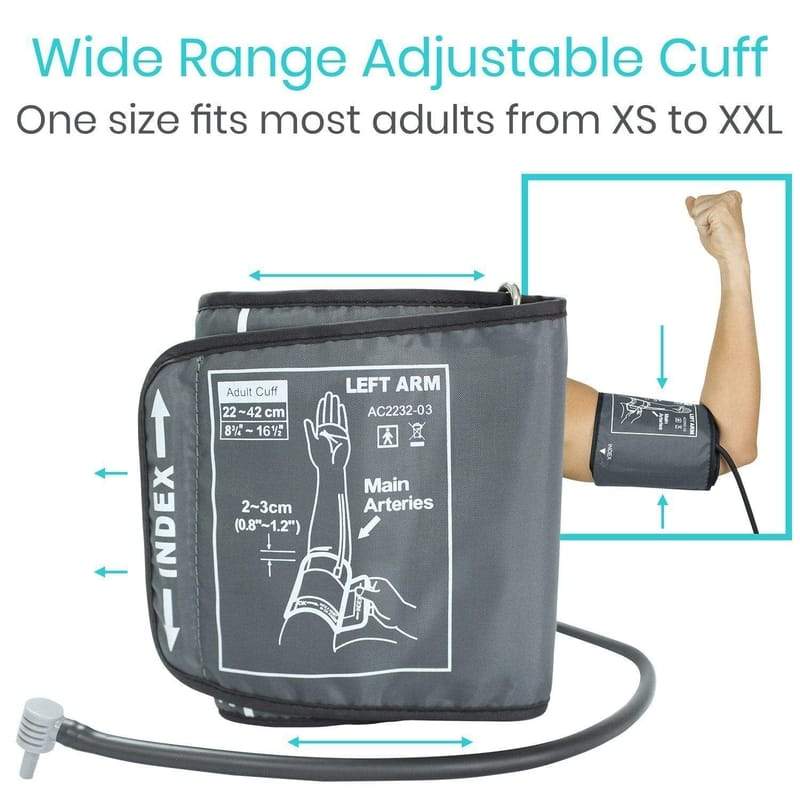
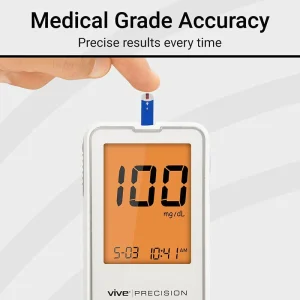
Reviews
There are no reviews yet.